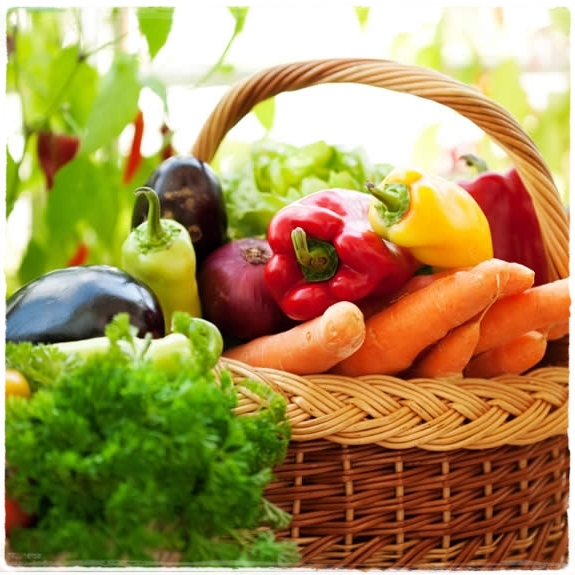Vegetables to Grow in Your Organic Garden

Vegetables are the healthiest food options that are available to us. However, with modifications being made in them to achieve a higher yield, it is important that one avoids these commercial veggies and instead go for organic ones.
These cost at least twice the price in the market and the best way to deal with the problem is to grow your own. It is not a difficult task and you can have your own organic garden at home. This way you can get great vegetables and save some money as well. There are some obvious choices of what to grow.
Instructions
-
1
Onions
These are one of the more used vegetables in our daily life and it is best that these are placed in your organic garden. They will need their own space in the garden. It will have to be made sure that the area for them is replenished with the right fertilisers even when not in use. It will save you quite a bit of money and add to your health in the long run. Make sure that you use organic onions in your garden. -
2
Potatoes
These too are easy to grow and you can get a decent number of potatoes from a relatively smaller area. Make sure that you follow the guidelines that are available for the growers and have a rich soil for them to get good nutrition. Use manure and other natural fertilisers for this purpose. At the end of the day, you should have a decent number of potatoes for your fries and other favourite dishes. -
3
Spinach
Not only is this vegetable rich in energy, it is also easy to grow at home. All you need to do is to plant the seeds about an inch below the soil and at least two inches apart from each other. Water the area well and you should be on your way towards seeing a decent yield of spinach. -
4
Tomatoes
Another one of the most commonly used veggies. These are good for growing at home as well. They are to be planted in an area where a lot of sunlight is available. The soil should have a PH level between 6 and 7 and in to increase the level, use lime and to decrease it, use sulfur. Simply dig a hole and drop the seeds, make sure that each plant is at a distance of one foot from the other.



